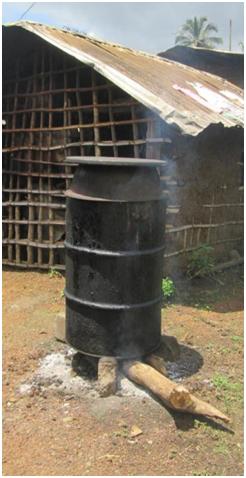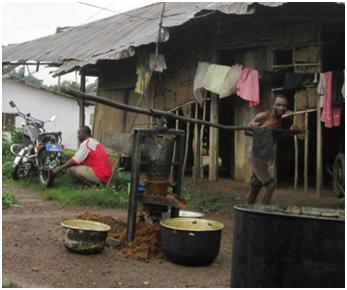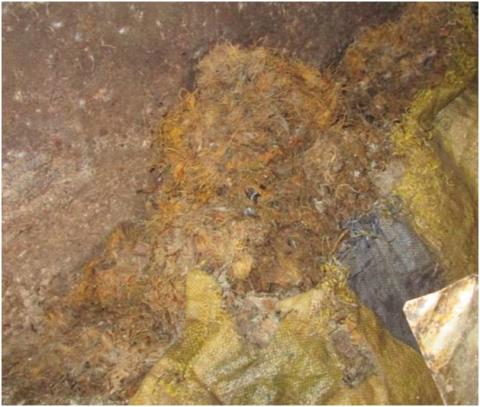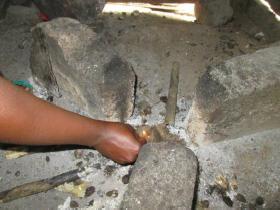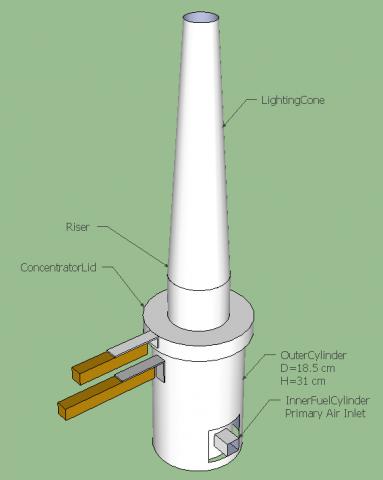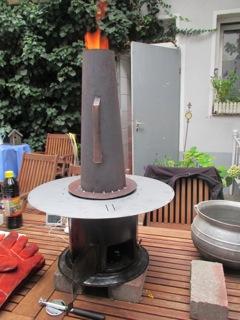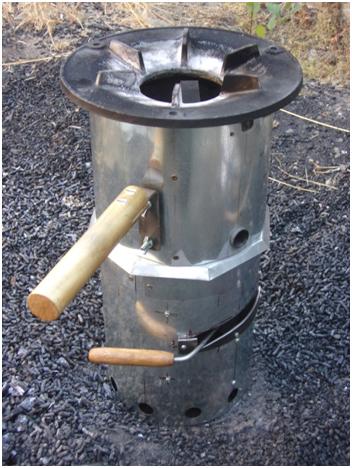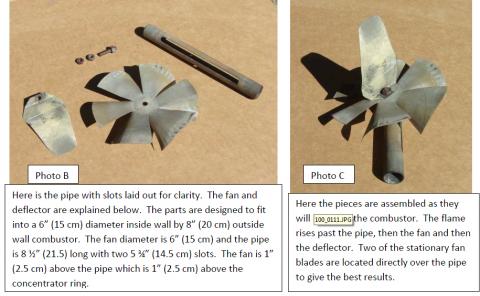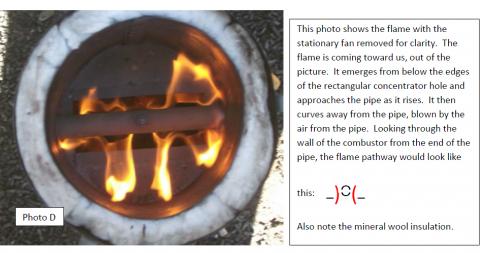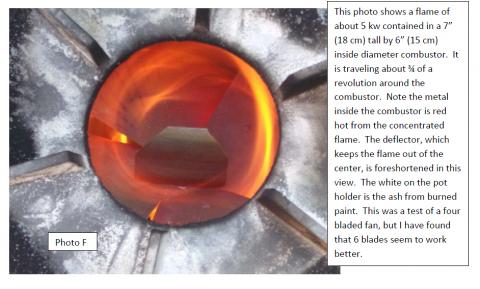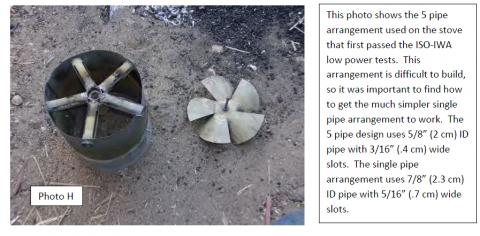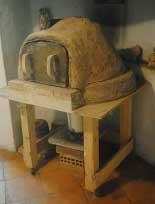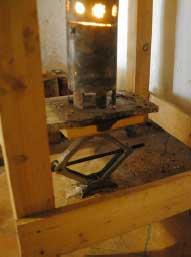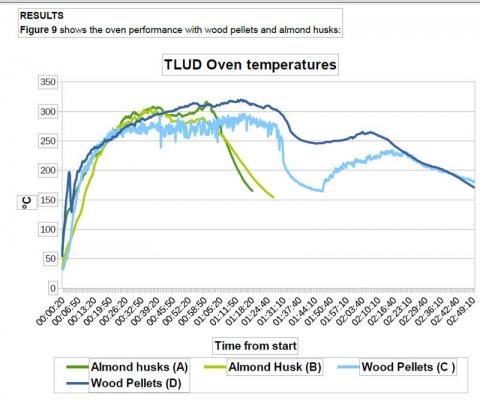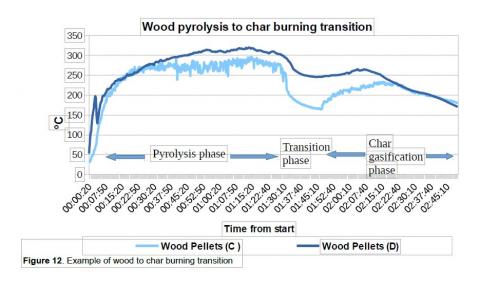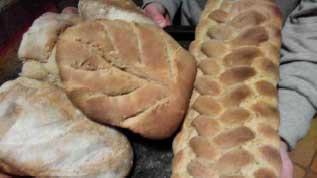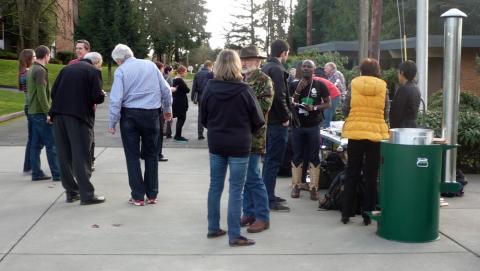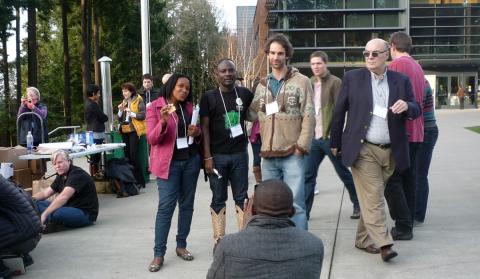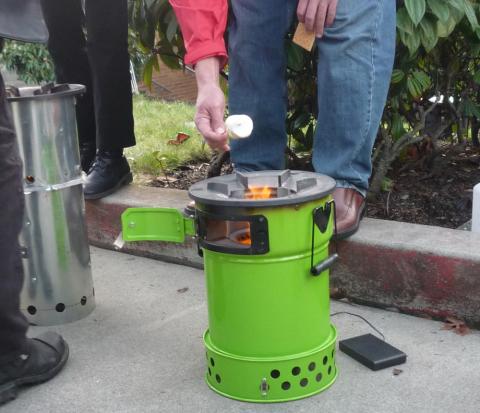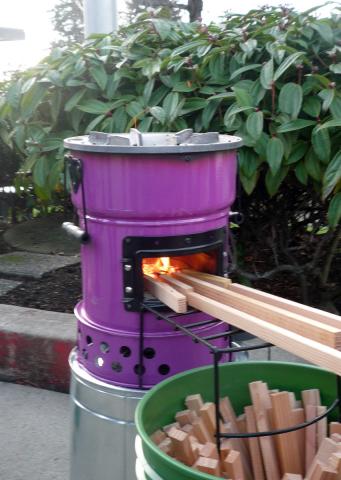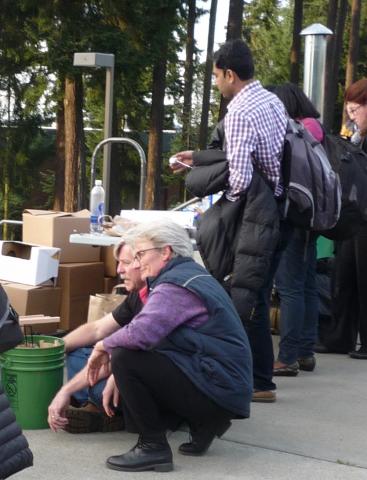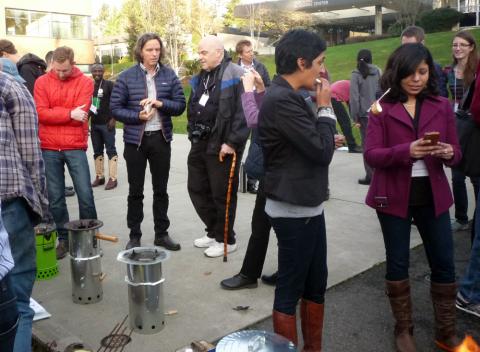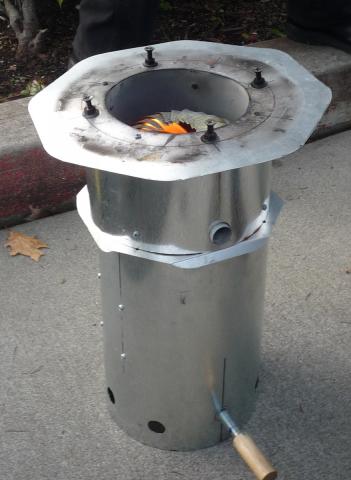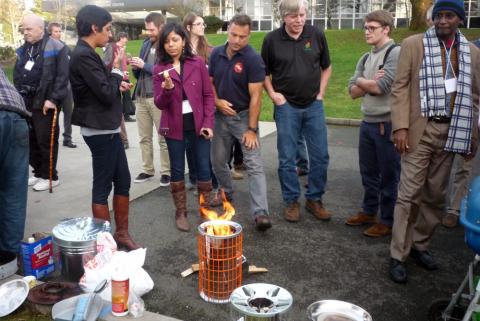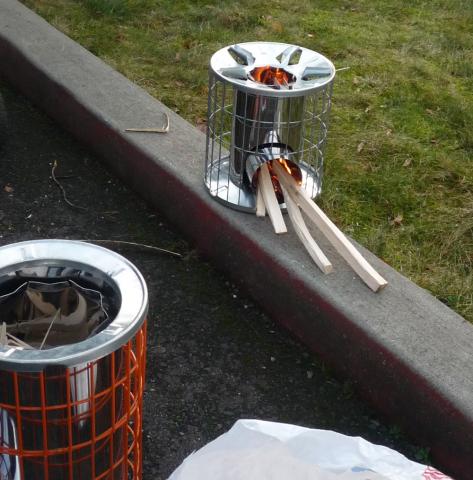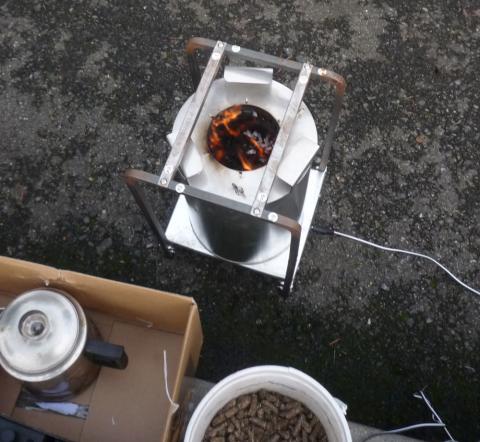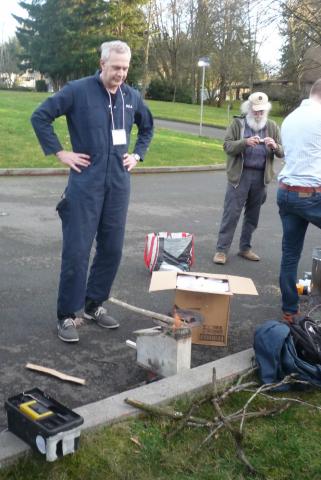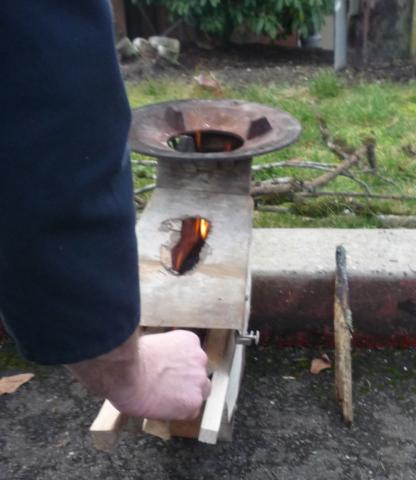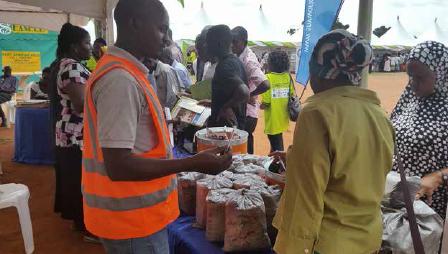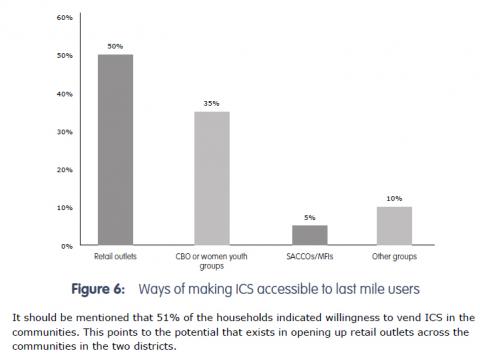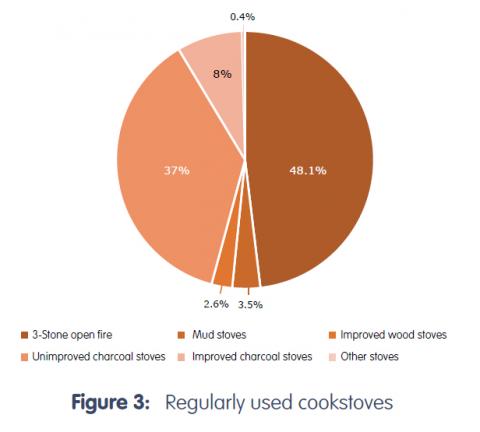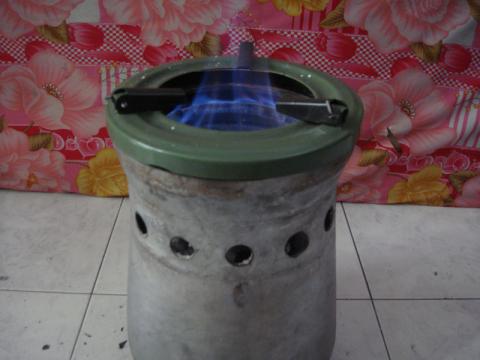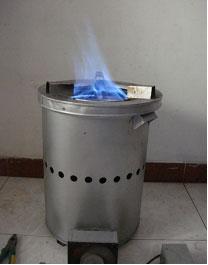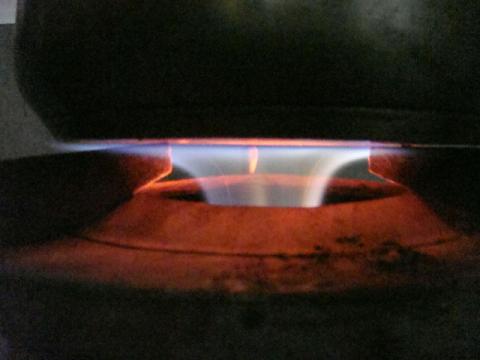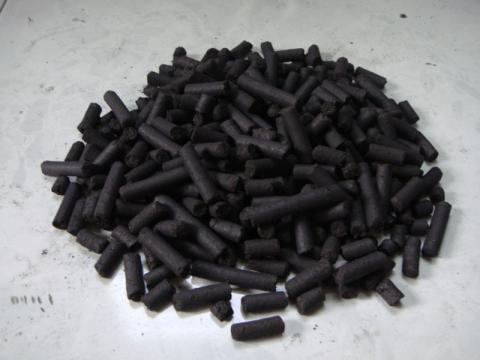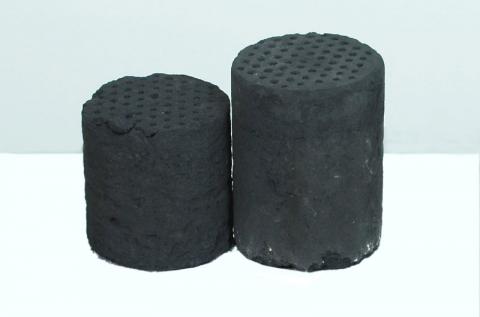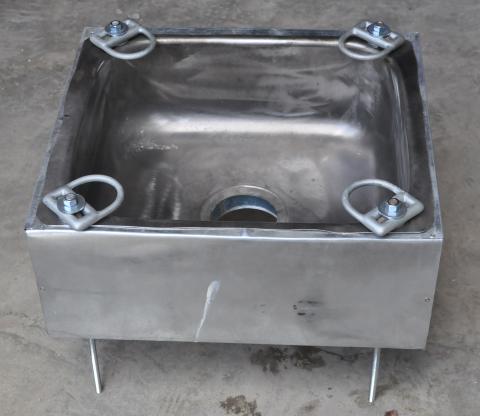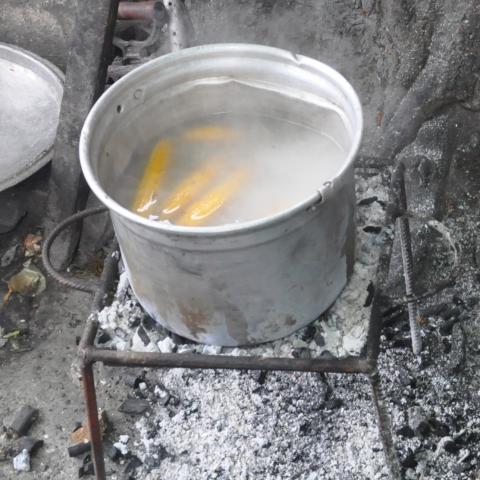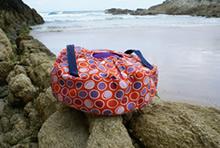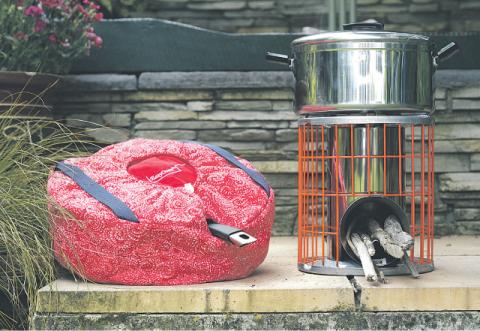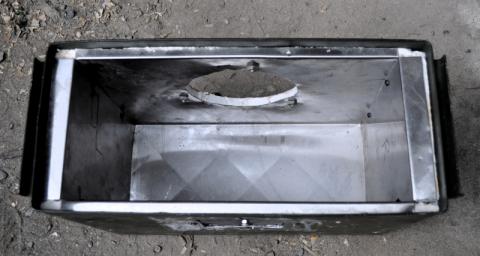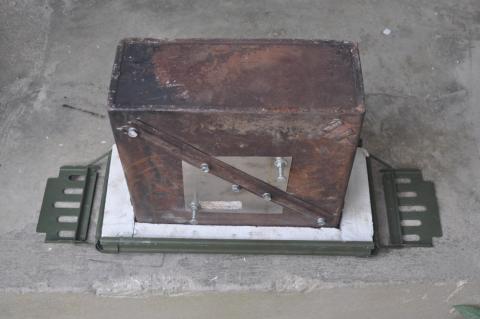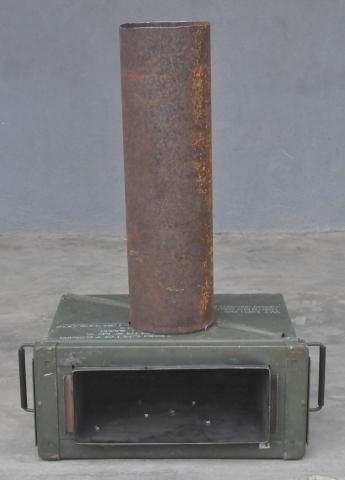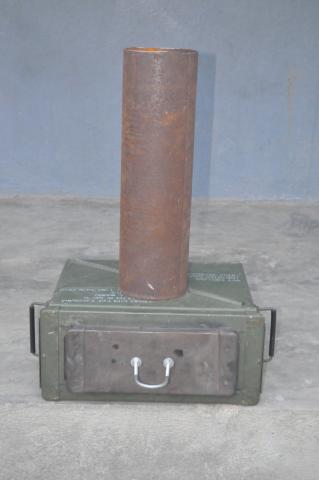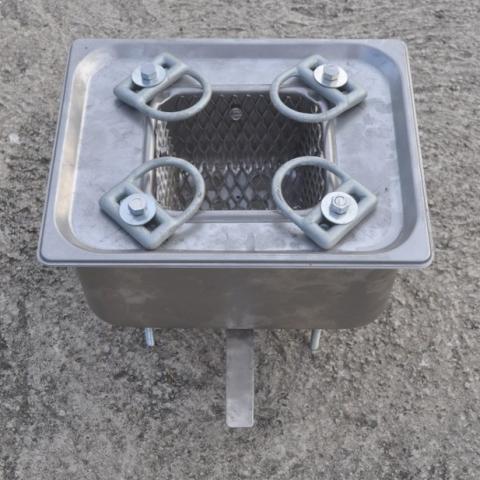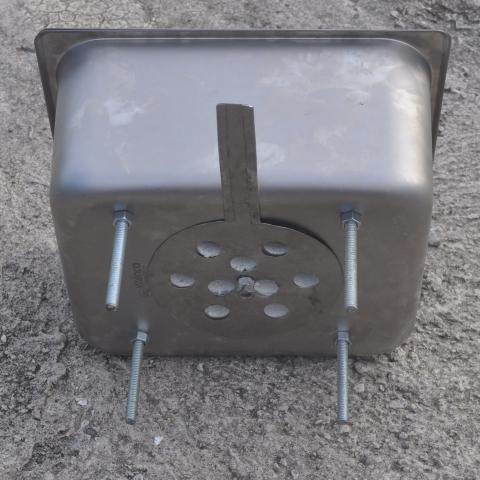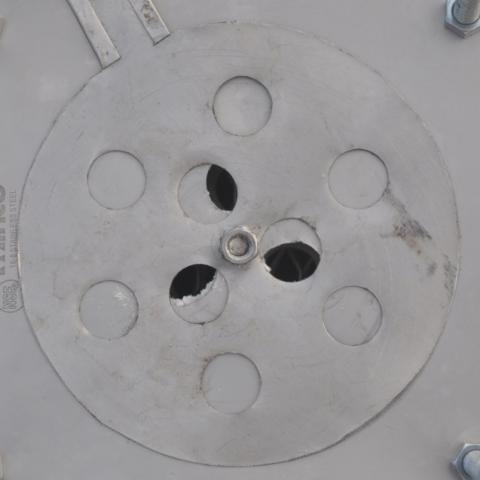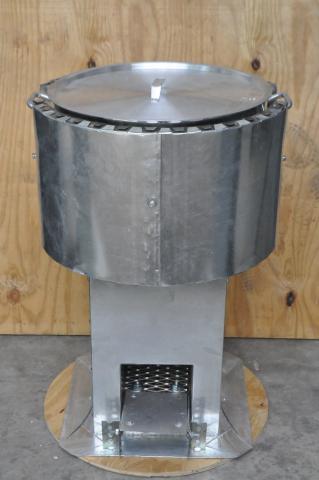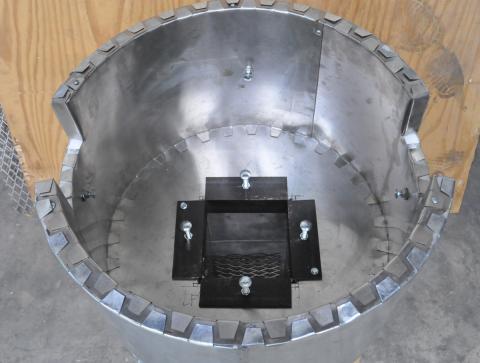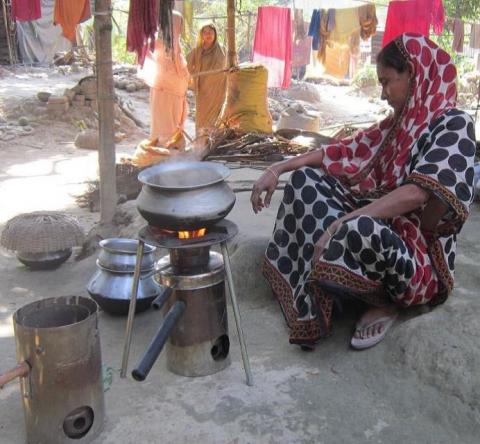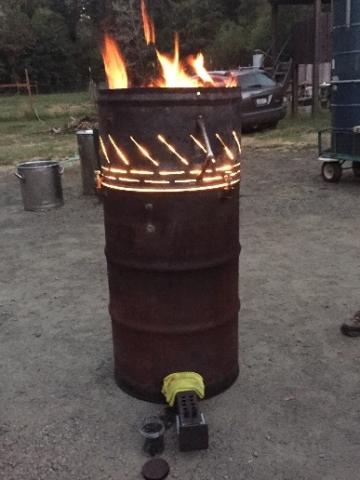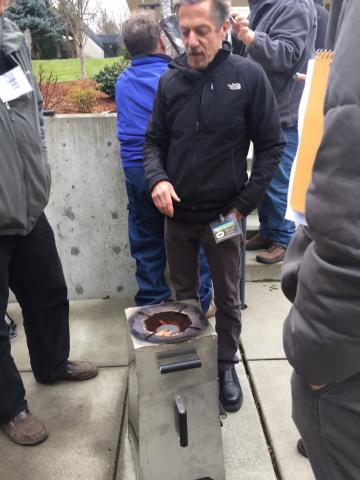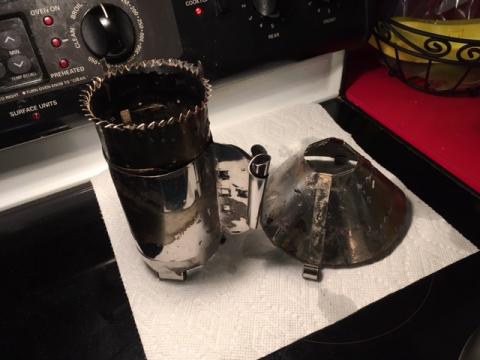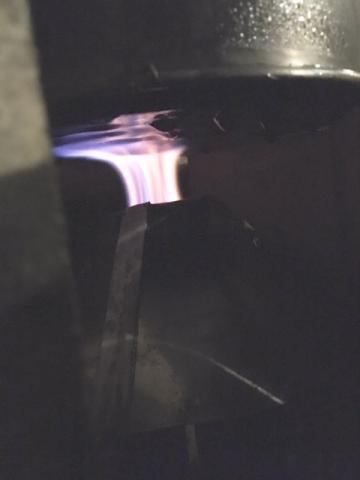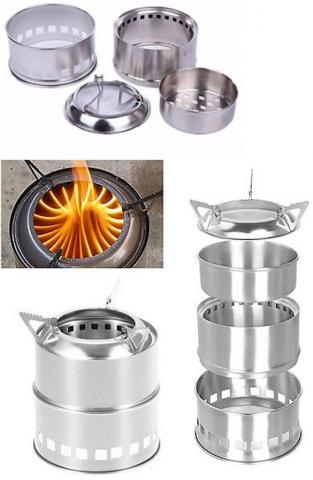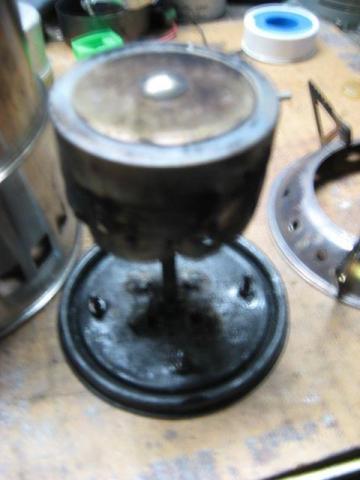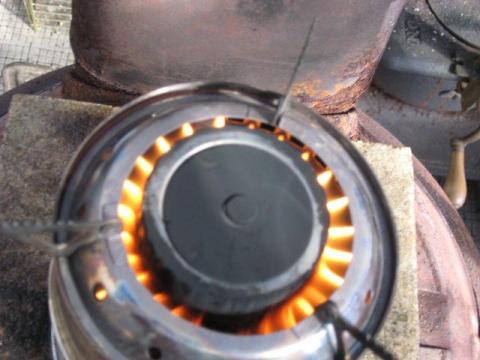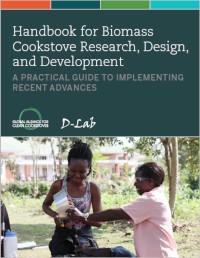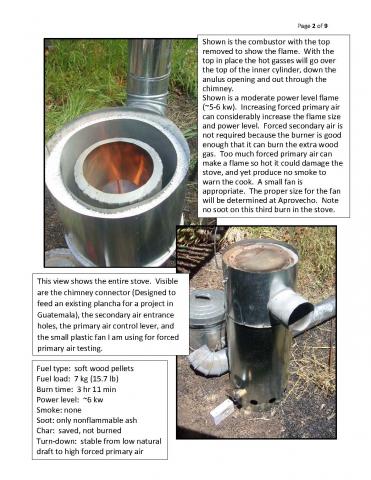ETHOS Cooking Stoves Conference in Kirkland, Washington January, 2015.
for more about the next ETHOS Conference see http://www.ethoscon.com/
The ETHOS conference brings together people involved in stove design, dissemination, and testing from Universities, Government, and Non Government organizations, and has themes around the topics of improving cook stove design and performance, reducing emissions, and improving stove adoption, but listening to the needs of the people using the stoves. It ends with the 'lighting of the stoves' which is a demonstration of some of the cooking stoves that people have talked about in the conference.
In addition to capturing photos of the stoves, this year I captured a few pictures of the crowd of attendees comparing stove designs, toasting marshmallows, etc.
The big green stove is the InStove institutional rocket stove http://instove.org/
The lovely people taking pictures were from CREEC ( Energy and Energy Conservation ) which presented a great analysis of current cooking stove tests and some insights to improve them. They also noted that fans typically fail in Uganda, and there are no fans available to replace them.
For more about CREEC see http://creec.or.ug
StoveTec and Aprovecho presented some interesting innovations in stove design that they hope to field test in the coming year. The light green stove has an insulated top door for adding fuel to their TLUD style stove. The purple stove is their rocket stove that has been optimized for improved particulate emissions, with an improved set of colors.
For more about StoveTec stoves see http://stovetecstore.net/
for more about Aprovecho and stove testing see http://www.aprovecho.org/lab/index.php
I was happy to get a good picture of Christa Roth of GiZ her handbook of MicroGasification is outstanding, to download a copy go to https://energypedia.info/wiki/File:Micro_Gasification_2.0_Cooking_with_g...
Some faces from the next crowd picture include Peter Scott with Burn , see http://www.burndesignlab.org and Seema Patel with the Global Alliance for Clean Cookstoves http://cleancookstoves.org/
The next stoves are TLUD style Stoves see http://www.drtlud.com/
including Kirk Harris's TLUD stove with a novel Wonderwerk Strata Combustor
http://stoves.bioenergylists.org/content/wonderwerk-strata
The Kirk Harris stove has a modified dome design concentrator just under the pot rest.
The very groovy orange stove is the Rocket Works stove http://www.rocketworks.org/ and it was a pleasure to see how that stove has evolved over the last couple of years.
Unfortunately, I missed taking photos of Jon and Flip Anderson's Rocket baking stove. They were making chocolate bread in it, that was delicious, and I clean lost my head and forgot to take photos.
The final couple of pictures are of Dale Andreatta's inner chamber of the Rocket Stove with a viewing window that he's been tinkering with. The concept is simple, allow the person operating the stove to have a window to quickly check the progress of the fire from a distance. Larry Winiarski noted that improving the mass of the stove under the rest for the fuel sticks also helps retain heat in the combustion chamber and reduces the need to constantly feed or tinker with the stove.
I've attached the program to give you an idea of the breadth of the discussion. There were a lot of conversations about improving stoves through lowering particulate emissions, and reducing CO in the lab, an update on the ISO process for clean cookstoves, and some really fantastic detailed sessions about user adoption of stoves, the differences in communities between stoves where there is and is not stove adoption, availability of stoves, and wonderful insight from Cecil Cook about cook stove programs in Indonesia.
